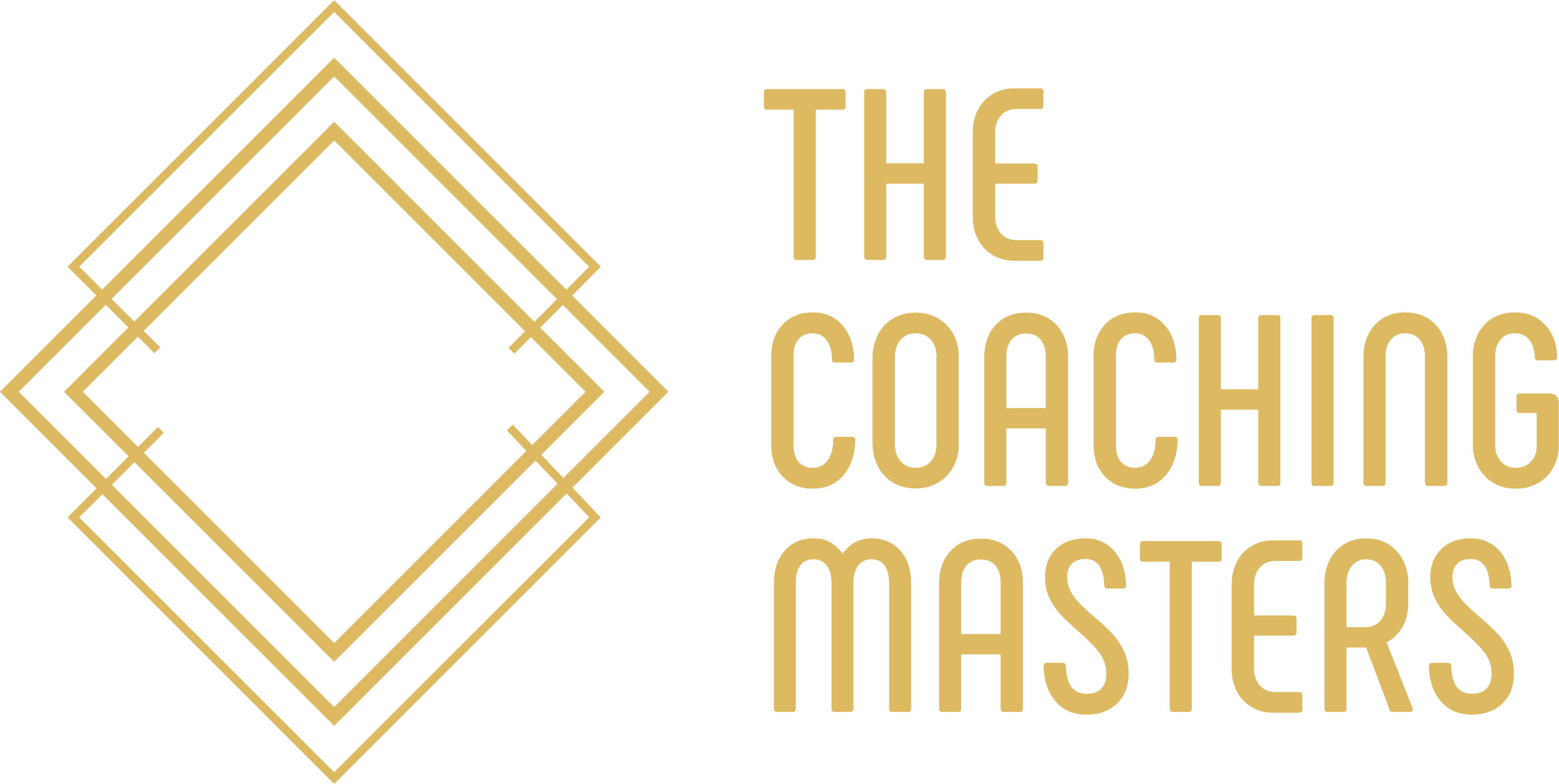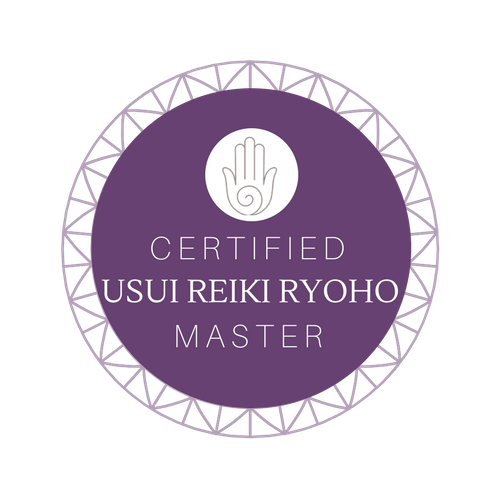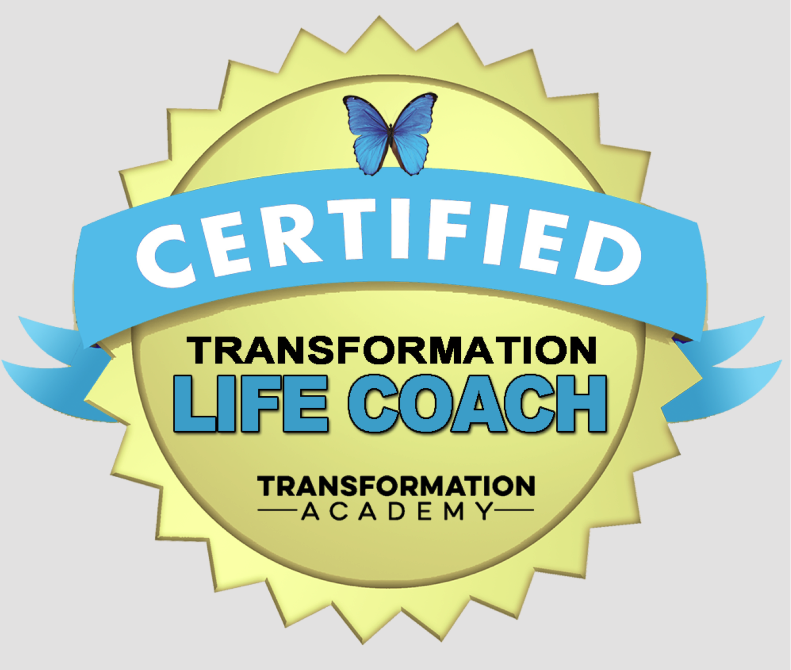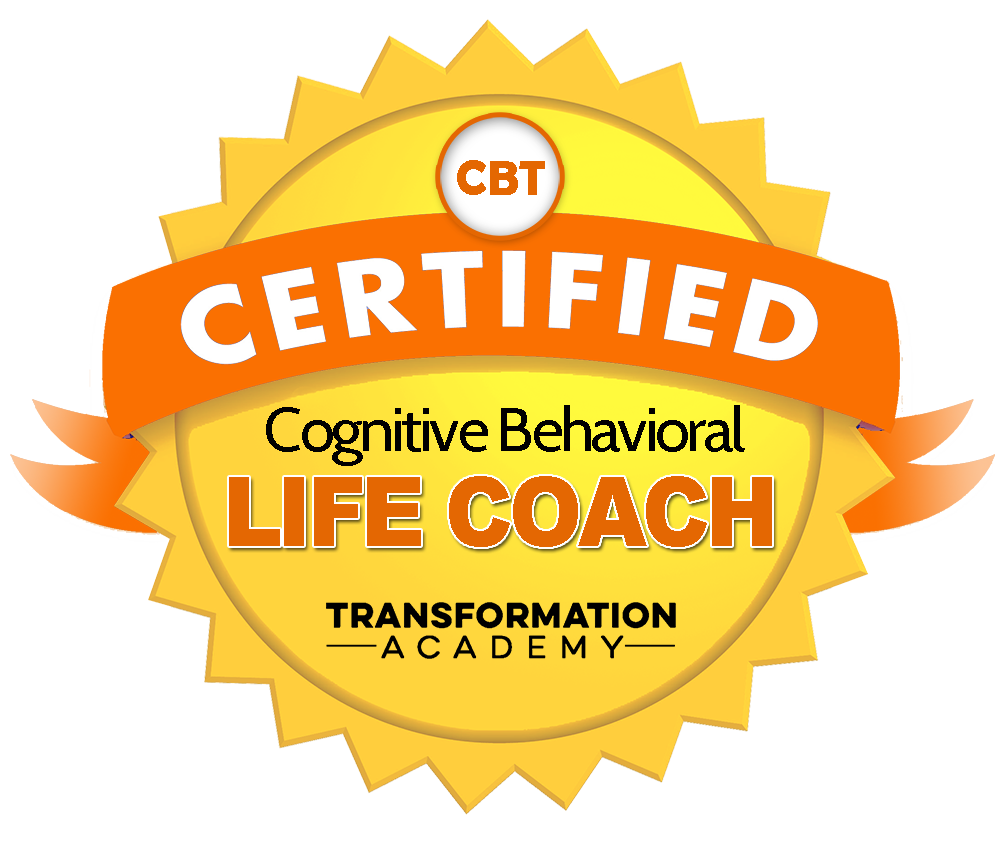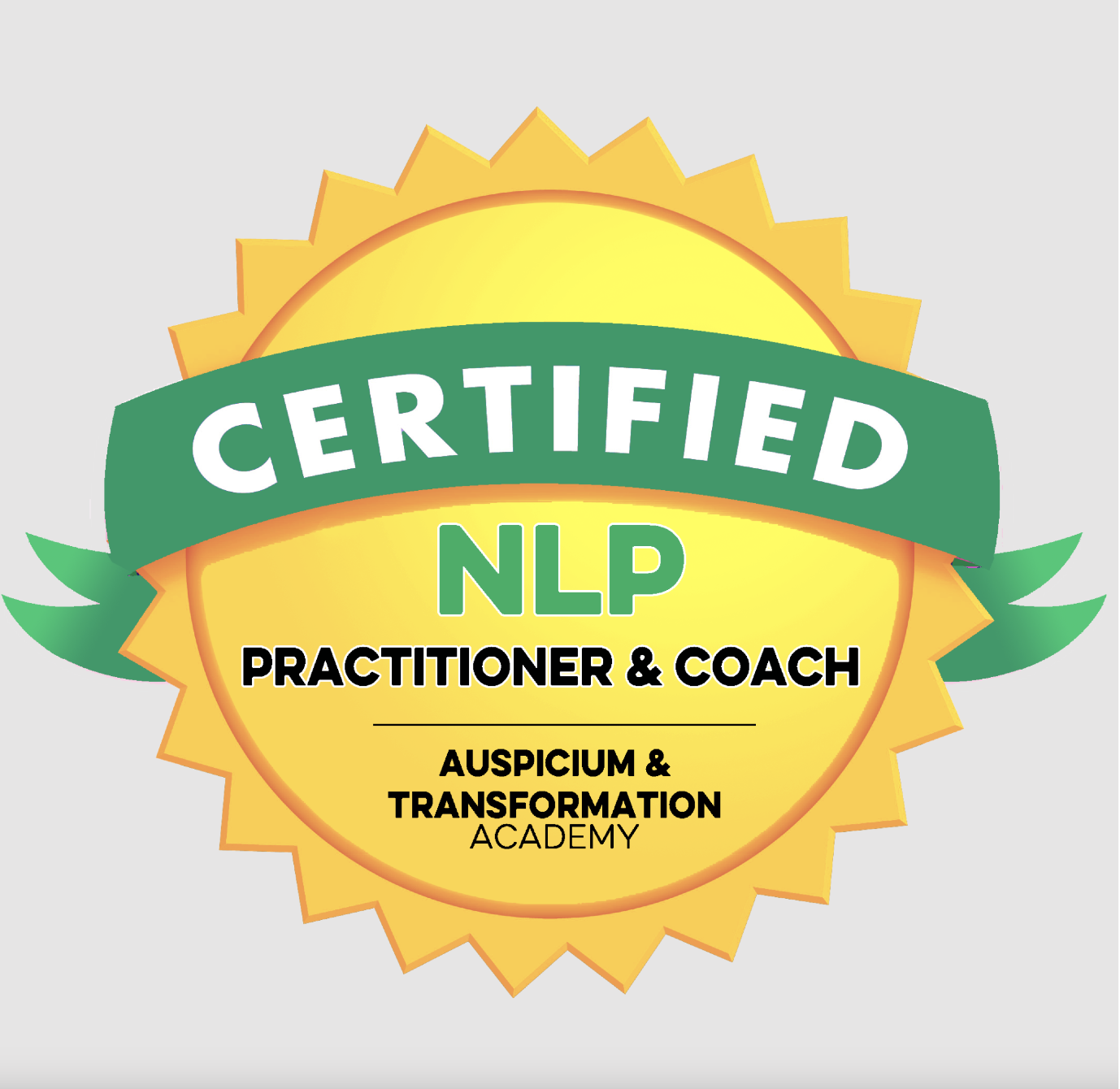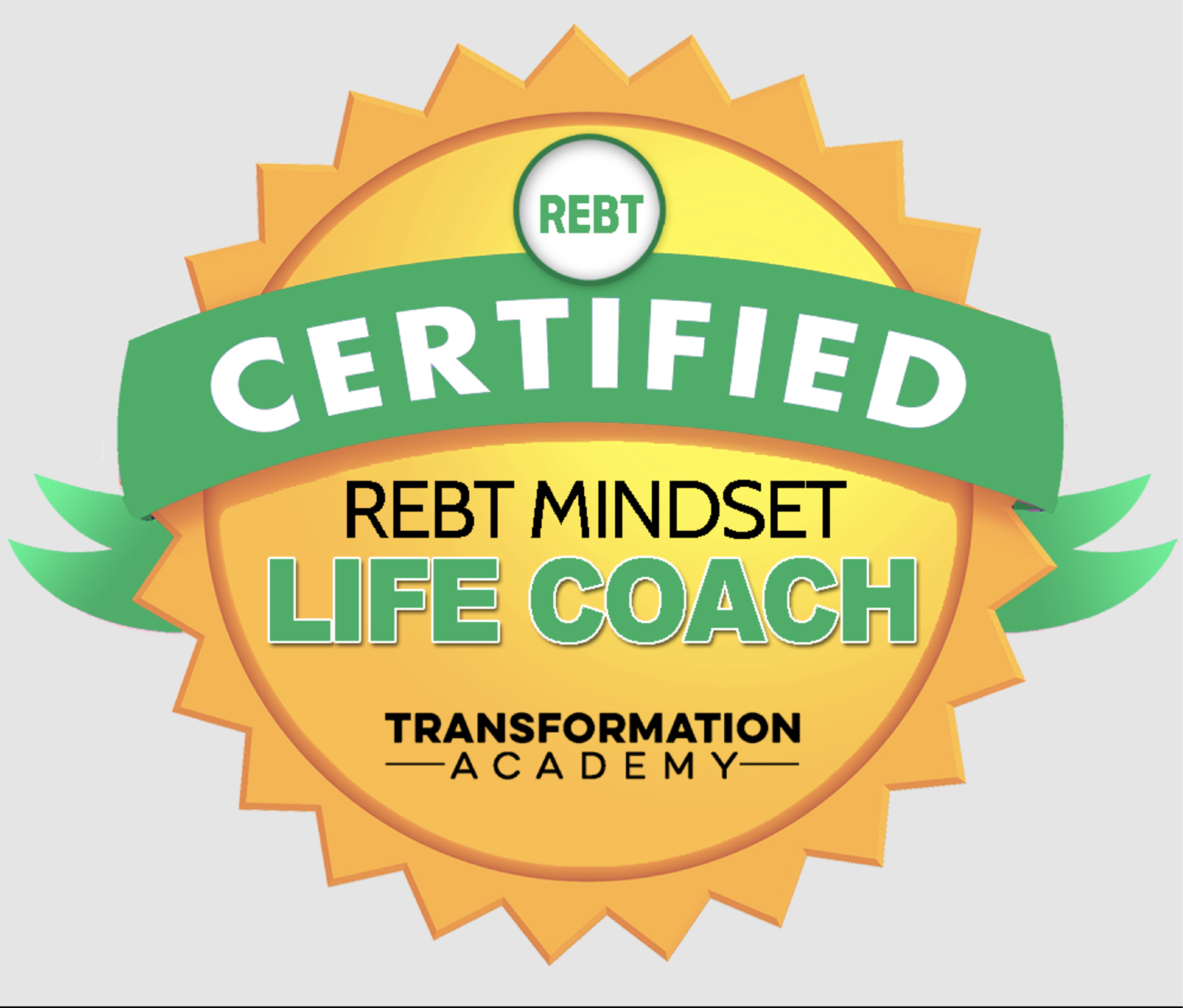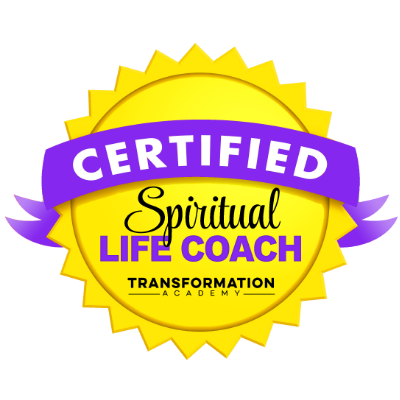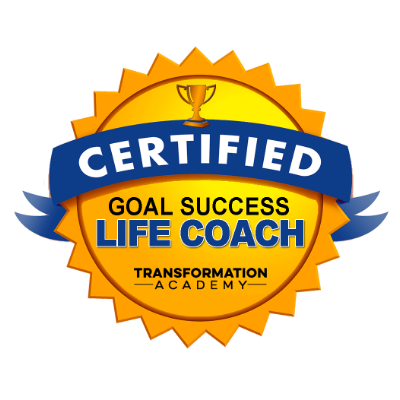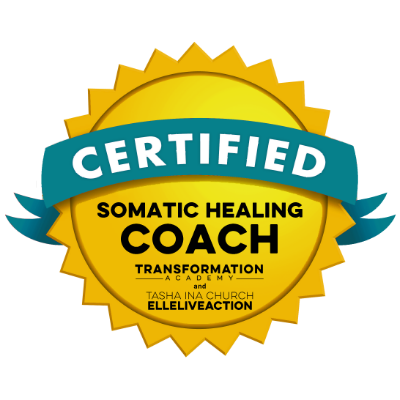Tai Chi Facts A Beginner’s Guide
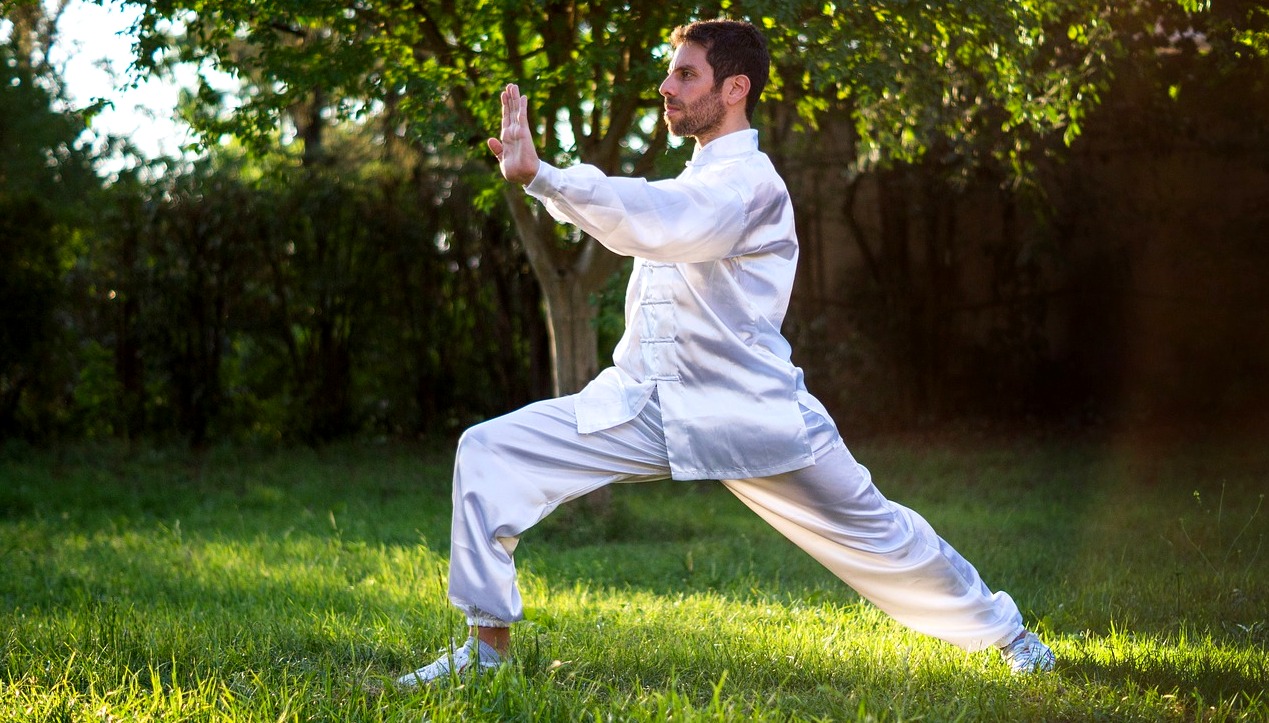
For those who are thrilled to experience Tai Chi, it is all-possible. Although, there are certain points to remember if you are really thinking of joining the group.
First, know some facts about Tai Chi. Tai Chi and Tai Chi Chuan are not different after all. There might be an additional character on the latter but the meaning stands the same. Tai Chi is just the shorter version. Tai Chi Chuan means “Supreme Ultimate Fist”. It is derived from a series of kung fu techniques so it can be applied as both a therapeutic activity and a medium of self-defence.
The range in the number of students in each class varies but you can expect about 20-30 students in each class. The age factor is between teens and up to the 90s. This art is not common for children though, because the slow movements will just bore them. But most likely, classes like this target people in their early twenties and so on. Men and women alike can enrol in the class. It is quite seldom to see a men-only or women-only class within a Tai Chi program. Generally, it is much more beneficial if men and women mix because of the energy that elevates inside the class.
Being fit is not a requirement. It’s okay if you are stout, thin, overweight or so. Even those who are permanently attached to their wheelchairs can adapt to the movements of Tai Chi. But a certain attention is required. But if you have undergone certain medical treatments, ask your doctor if Tai Chi is really meant for you because if it is contraindicated, might as well drop it. And if your doctor has approved your Tai Chi, tell your teacher about your disability so he can adjust or restrict movements that you can’t handle.
Tai Chi is both an exercise and a martial art. But there are teachers that give out only the movements that are purely for health. There would be like at least 80% of those who are engaged in the art embrace the idea of Tai Chi being an art. So if you think that you are the type who needs self-defence more than an exercise, you can achieve this in some art that exhibits kung fu actions rather than health exercises. But if you are the type who wants the best of both worlds, Tai Chi is best for you.
Tai Chi is a form of internal martial art that is characterized by soft movements and is trained to be relaxing and slower speed than other kinds of martial arts.
If you keep on thinking about what to wear in a Tai Chi class, you don’t have to shop for cool clothes. Special clothing is not a requirement. You just have to wear something comfortable like sneakers, T-shirts and jogging pants. Remember, it must be something that would allow you to move freely while performing every move. Never wear jeans or any constrictive clothing.
Things to expect while in a Tai Chi class are Qigong, which means meditation that is done by moving your body, or otherwise in a stationary state. Push hands or what is known as tui shou, is an exercise that requires two persons who exchange energy by performing movements levelled with each other. You can also expect the use of weapons like swords.
These will be used in advanced classes and those who enrol are the ones who have already experienced the basics.
About Tai Chi Techniques And Training
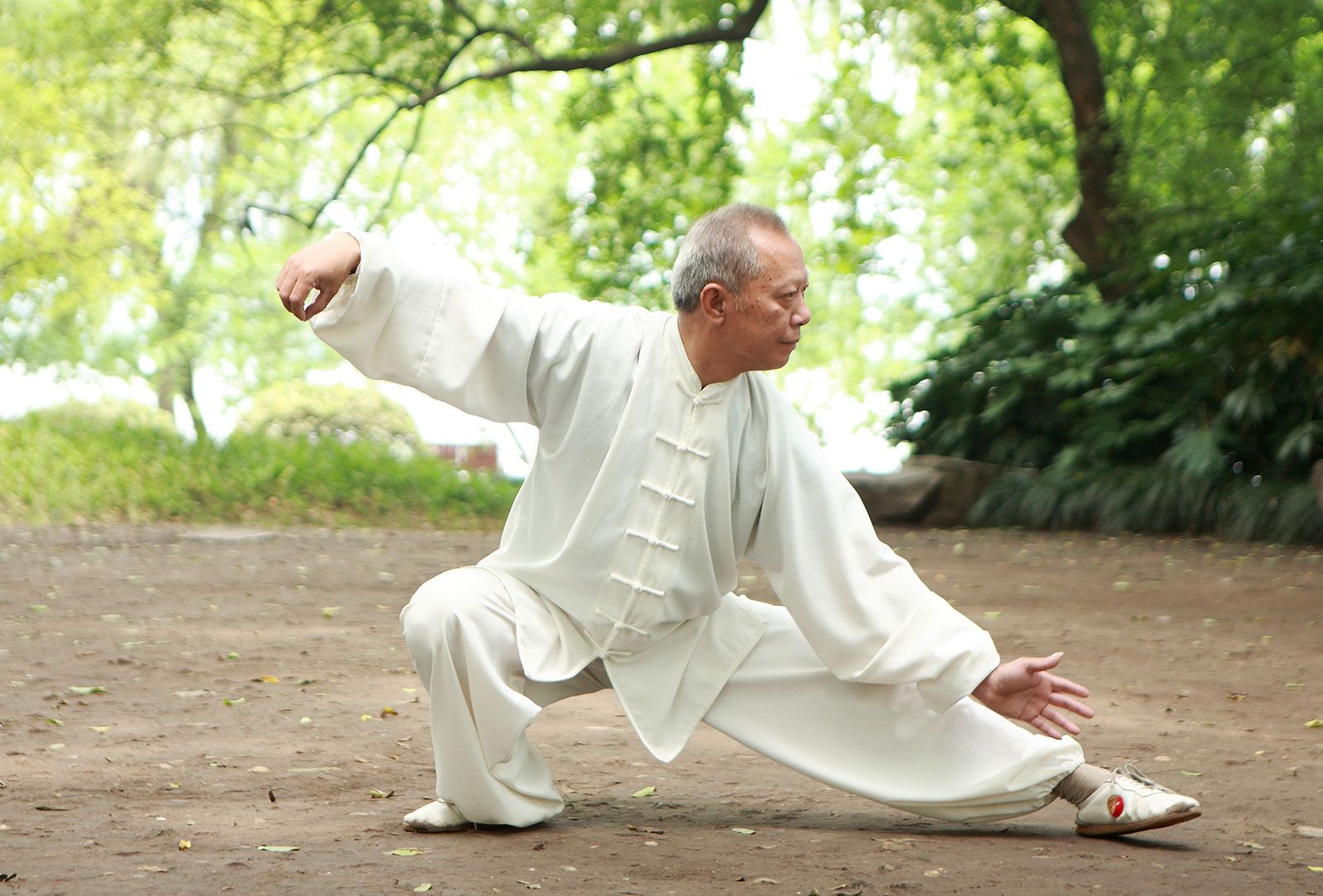
Derived from the Taiji symbol which, in the Western areas known as the yin and yang, Tai Chi was said to be the practice that preserved the oldest schools of learning which study the receptive and active principles.
Core training has two features primarily: the solo form, which emphasizes a slow sequence of movements maintaining a straight and firm spine, range of motion, and fine abdominal breathing; and the Push Hands which involves training of the principles of movement in a more practical and convenient way.
As the word implies, the solo form of Tai Chi, requires only one person to conquer the movements. It would take the students through a natural and complete range of motion over gravity’s centre. If repeated accurately, the practice of the solo form can retain posture, maintain honest flexibility going through the joints and muscles, encourage proper circulation from any point of the student’s body, and let students more familiarized with some of the important martial arts applications sequences that are usually implied by the different forms.
Major styles of traditional Tai Chi have forms that somewhat differ from the others, cosmetically. Some differ in the wave of the hands, the position of the legs, the reaction of the body, and the pace of the movement. But these are all irrelevant because what is important to Tai Chi training is that it benefits not only the body but the mind as well. However, many similarities come from the point of their common origin that are obvious enough to recognize.
Solo forms, weapons, and empty hands are movements that are commonly practiced individually in martial arts applications and pushing hands. Scenarios like these are intended to prepare the students for self-defence training.
The philosophy goes: if one becomes stiff and equally uses hardness in attending to violence, otherwise resisting it, then it is expected that both sides can be injured at a certain degree. An injury like that is a Tai Chi theory that coincides with the consequence of fighting brute with brute, which, in Tai Chi is far beyond the right attitude and style.
Unlike in other martial arts wherein force is applied to some measure, in Tai Chi, students are taught that instead of battling it out or directly resisting an incoming force, they should meet it with the most subtle movements and softness, following every attacking motion and in the end, exhausting the attacking force. This is all done while remaining in a close contact manner. This is the principle wherein the yin and yang are applied. If this method is done correctly, the yin-yang balance in combating is the primary goal of training Tai Chi.
Aside from that, Tai Chi schools also focus their attention on how the energy of a striking person affects his opponent. For example, the palm can strike physically looking the same and performing the same but having a different and dramatic effect on the target.
A palm can strike and push the person either forward or backward. It is done in such a way that the opponents are lifted vertically from the ground thus breaking and deforming their centre of gravity.
After which, this technique can literary terminate the striking force within the body of the person with the dearest intention of causing traumatic internal damage.
Click the link below to book your free clarity call or free virtual coffee chat.
Grab a copy of our newletter by completing the form below, this will then be sent to your inbox every month.
My Affirmation For The Week
"Every act of creation is first of all an act of destruction."
